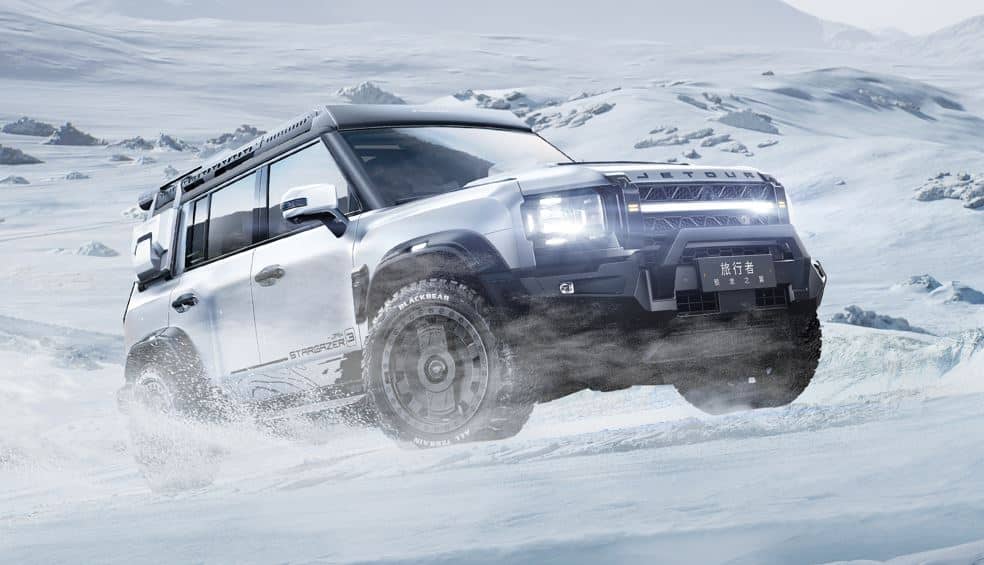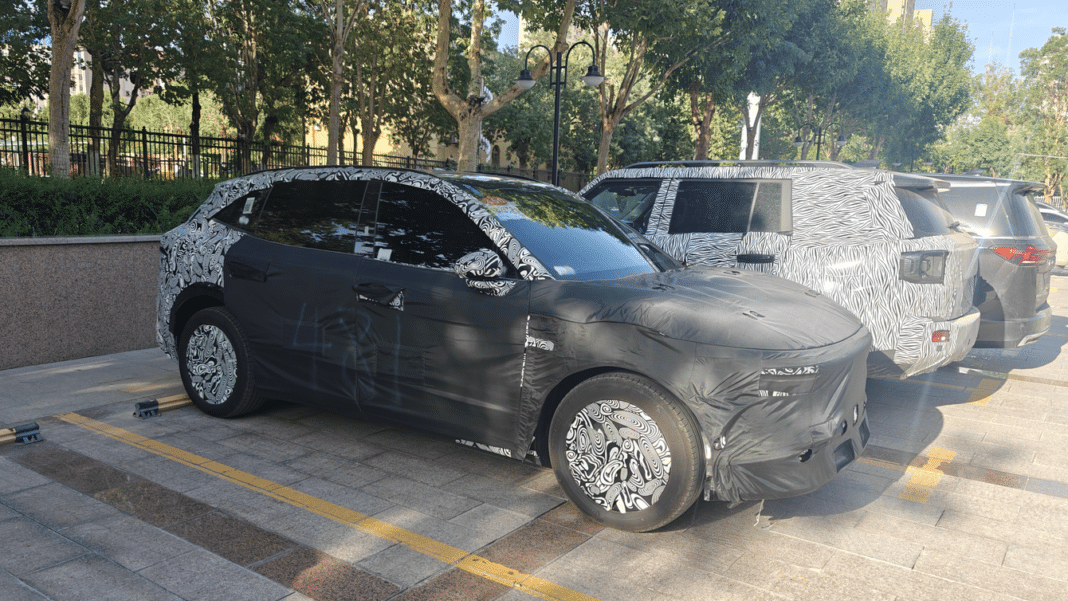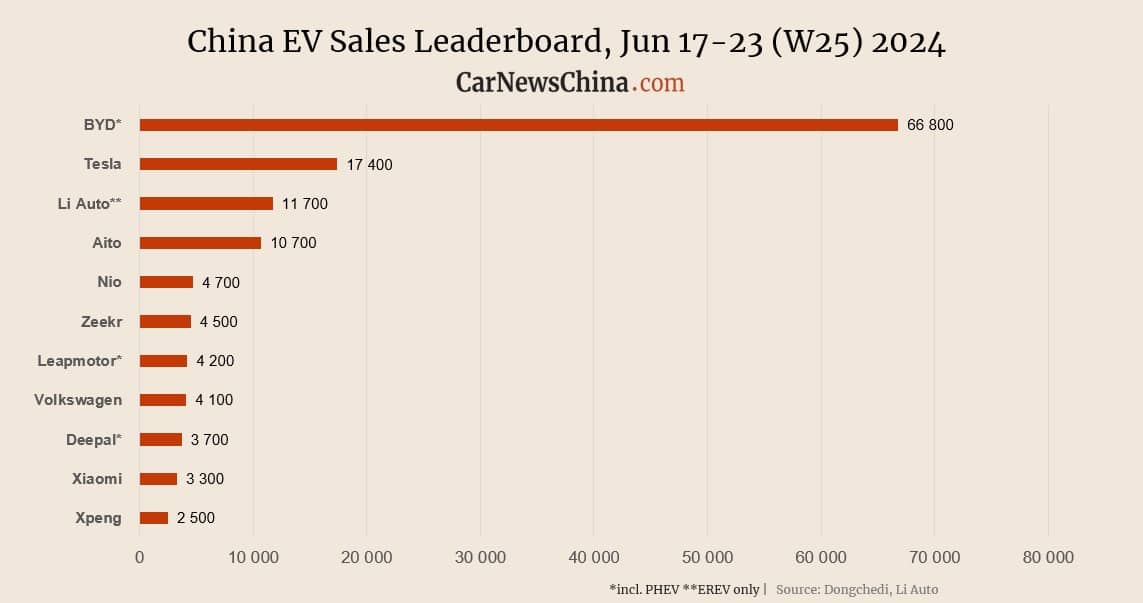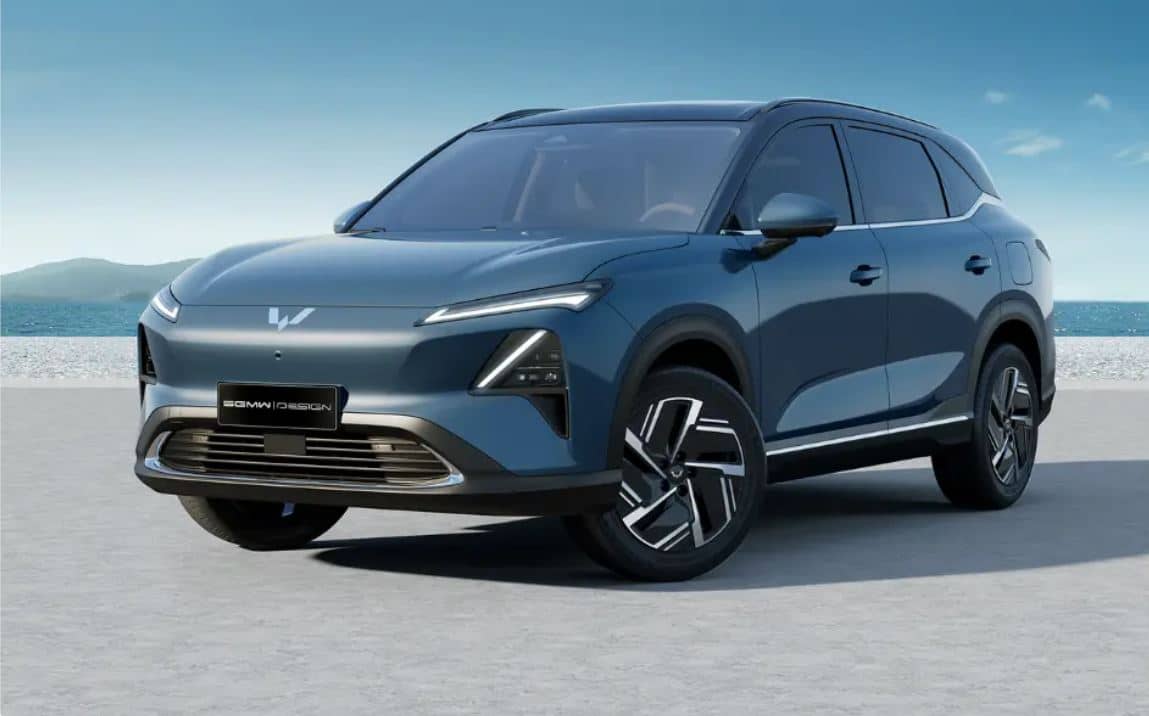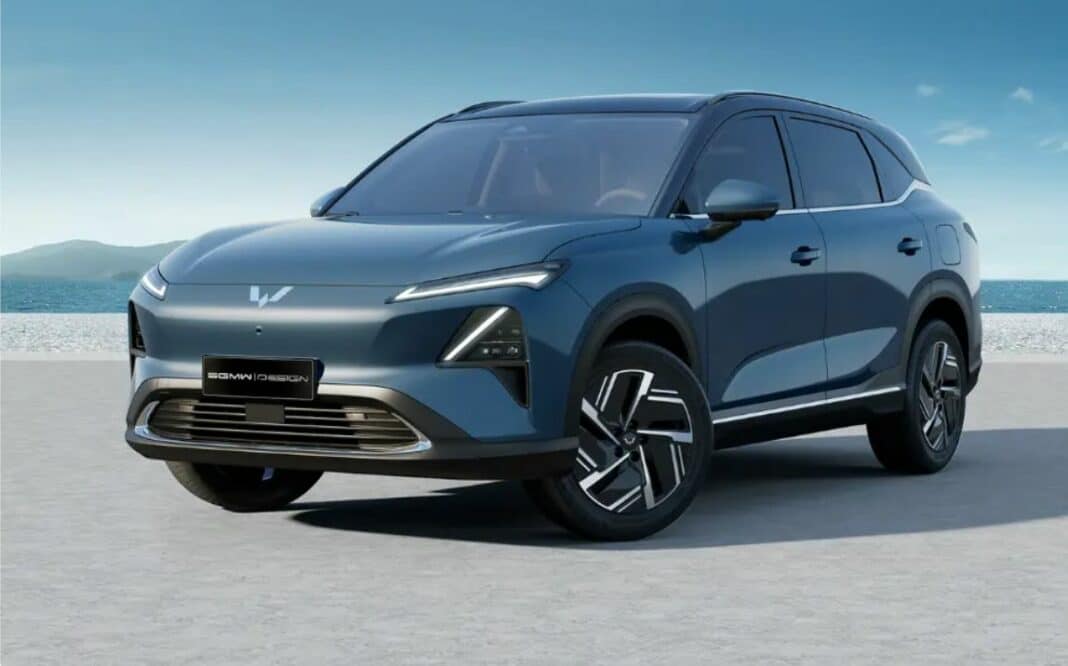Yommie
SpeedLimited
- Oct 2, 2013
- 64,255
- 37,195
- Country of Origin

- Country of Residence


Interior of Stellantis-backed Leapmotor A12 spied
The Leapmotor A12 will be produced in Europe and spy shots now show the interior and also give us a better picture of the exterior.
 carnewschina.com
carnewschina.com
Interior of Stellantis-backed Leapmotor A12 spied
Reading Time: 3 minutes
Mark Andrews
June 24, 2024
0

News like this to your inbox or phone?
Weekly summary to your inbox
I want this
Never miss and important news
Get Instant notification once the news is published.
Follow Us
Last week when we brought you news that the Europe-bound Leapmotor A12 is rumored to have Lidar and advanced driving assistance we were disappointed that still the only spy shots were from months ago. Fear not, new spy shots have emerged and thanks to them we also now have some idea of the interior of what is set to be the second Leapmotor car produced in Europe by Stellantis.
Based on what Leapmotor founder Zhu Jiangming recently said we know that the new car should be part of a new A series, A12 is currently the car’s codename. The A series will focus on the 100,000 yuan (13,800 USD) level market. Up to now most of Leapmotor’s models have fallen into the C series which is aimed at the 150,000 yuan (20,650 USD) level market in China. Recently the T03 started production in Europe and from now the T series will be largely aimed at overseas markets. Finally, there will be a D series but as yet we have no information about any models other than that they will be aimed at the market above 200,000 yuan (27,550 USD).
Externally as noted before the A12 looks like a scaled-down Leapmotor C10. That similarity even extends to the interior as far as we can tell from the spy shots. Very obviously we can see a large infotainment screen mounted in the center and also what looks like a reasonably sized LCD instrument panel for the driver. The steering wheel appears to be a double-spoke design and the center console integrates a wireless phone charging pad.
The new exterior spy shots are from winter testing. We can clearly see an air intake low down at the front and at the back a spoiler on the roof. Due to the camouflage, it is difficult to make out whether the light clusters front and back are of a through design or not as they might be partially covered.
The A12 is expected to be available in both pure electric and extended-range EV versions and prices should be in the region of 100,000 yuan (13,800 USD) in China. Chinese media seem to expect the car to unveil at the Guangzhou Auto Show in November.
Editor’s note:
For all the rumors about Lidar, not one spy shot has indicated this to be true. Previous Leapmotor models with Lidar have all had the unit mounted on the roof. Perhaps the spy shots are simply of lower spec versions. Alternatively, the Lidar units could be in the front bumper but seeing as this would likely need two units on a budget car this seems highly unlikely and is further supported by there being no cutouts in the camouflage for Lidar.Zhu Jiangming recently in an interview made some interesting points about cars and their positioning. He said that cars were no longer a status symbol but instead were gradually transforming into an ordinary consumer product, a simple means of transportation. Furthermore, he compared Leapmotor’s positioning to Japanese fashion retailer Uniqlo which is a bit like a cheap Asian Gap and known for its basics. Leapmotor is aimed at a large consumer group and aims to provide cost-effective, practical, and comfortable products.
Sources: Autohome, Fast Technology

